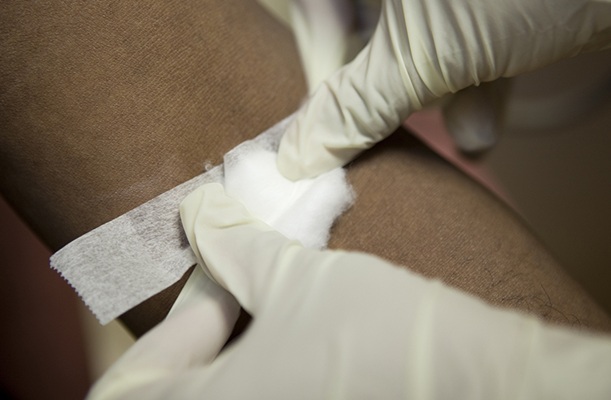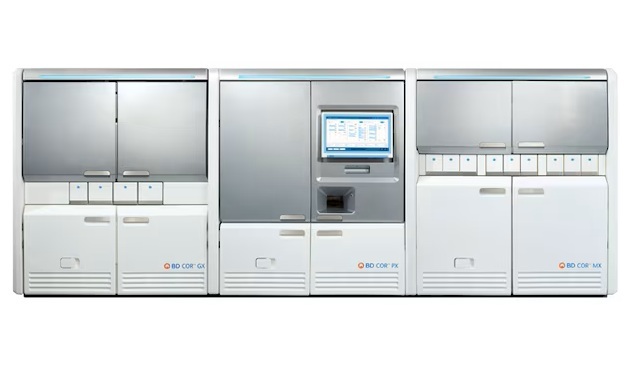Hematology Analyzer Evaluated for Cerebrospinal Fluid Testing
By LabMedica International staff writers
Posted on 04 Apr 2012
One of newest generation hybrid hematology analyzer is equipped with an improved body fluid analysis mode that is suitable for cerebrospinal fluid (CSF) analysis. Posted on 04 Apr 2012
The cellular components of CSF have conventionally been enumerated microscopically by using a hemocytometer-counting chamber, but this is labor intensive and time consuming, and maybe replaced by a hematology autoanalyzer.
Laboratory scientists at the Medical University of Vienna (Austria) analyzed a total of 425 consecutive CSF samples sent to the Department of Laboratory Medicine for routine testing. Microscopic cell counts were performed by biomedical technicians using a Fuchs-Rosenthal counting chamber after samples were stained with methyl violet acetic acid.
CSF samples were measured for white blood cells (WBCs) using the body fluid mode of the XE-5000 Hematology Analyzer. By combining fluorescent dye binding and semiconductor laser technology, the XE-5000 (Sysmex Corporation; Kobe, Japan) differentiates between WBCs that are mononuclear cells (MN), including lymphocytes and monocytes and those that are polymorphonuclear cells (PMN), including all types of granulocytes.
For total WBC counts, the proportions of samples correctly classified by the XE-5000 from different groups were: 88% for 0 to 5 WBC/µL in 330 samples; 47% for 6 to10 WBC/µL in 36 samples; 72% for 11 to 50 WBC/µL in 39 samples; 93% for 51 to 200 WBC/µL in15 samples; and 100% for cell counts above 200 WBC/µL. After the two lowest count categories were combined into one range of 0 to10 WBC/µL, matches increased to 95%. For PMN counts in the 0% to 25% group, 37% of samples were misclassified by the XE-5000. Conversely, for samples with microscopic PMN counts of more than 25%, there was a trend toward underestimation by the XE-5000. Mismatches were most pronounced in samples with fewer than 10 WBC/µL.
The authors concluded that based on the results of their study, they felt confident in recommending the XE-5000 as a reliable WBC counter for CSF, even for samples with low WBC counts, which comprise most laboratory admissions. It was previously recommended that all samples with cell counts of less than 5 and more than 20 WBC/µL on the XE-5000 be manually recounted, but the authors propose selecting samples for microscopic rework based on their DIFF channel scattergrams rather than predefined WBC count results. However, it cannot be recommended as a suitable alternative for manual differential cytological workup. The study was published in the February 2012 edition of the journal Archives of Pathology & Laboratory Medicine.
Related Links:
Medical University of Vienna
Sysmex Corporation















